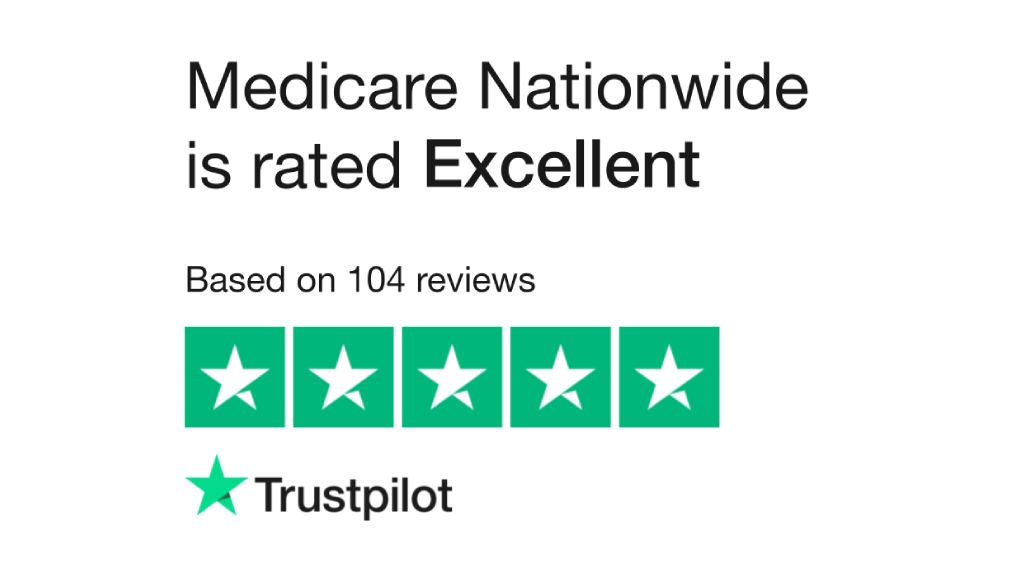Choosing between HMO and PPO plans can be challenging, especially when it comes to selecting the right healthcare coverage for your needs. When considering Medigap plans, understanding the differences between these two types of insurance can help you make an informed decision. In this guide, we’ll simplify the comparison between HMO and PPO plans and explore whether Medigap plans are the right choice for you.
What Are HMO and PPO Plans?
Before diving into the comparison, let’s clarify what HMO and PPO plans are.
HMO (Health Maintenance Organization)
HMO plans typically require you to choose a primary care physician (PCP) who coordinates your healthcare and provides referrals to specialists within the plan’s network. You generally need to receive care from network providers to be covered, except in emergencies.
PPO (Preferred Provider Organization)
PPO plans offer more flexibility in choosing healthcare providers. You can see any doctor or specialist you want, either inside or outside the plan’s network, without needing a referral. However, you’ll usually pay less if you use providers within the network.
Comparing HMO and PPO Plans with Medigap
When it comes to Medigap plans, which are designed to supplement Original Medicare (Parts A and B), the choice between HMO and PPO plans doesn’t directly apply. Instead, Medigap plans are standardized across different insurance companies and offer additional coverage for out-of-pocket costs, such as deductibles, copayments, and coinsurance.
Factors to Consider When Choosing Medigap Plans
1. Freedom of Choice
- HMO – HMO plans typically require you to use network providers and obtain referrals from your PCP for specialist care. If you prefer having a designated primary care provider and are comfortable staying within a network, an HMO plan may suit you.
- PPO – PPO plans offer more flexibility in choosing healthcare providers. You can see any doctor or specialist without needing a referral, which may be appealing if you want greater freedom in selecting providers.
2. Out-of-Pocket Costs
- HMO – HMO plans often have lower premiums and out-of-pocket costs compared to PPO plans. However, you may face higher costs if you seek care outside the network or require specialist services without a referral.
-
PPO – PPO plans typically have higher premiums but offer lower out-of-pocket costs for out-of-network care. If you anticipate needing services from providers outside the network, a PPO plan may be a better choice.
3. Coverage and Benefits
Medigap Plans – Regardless of whether you choose an HMO or PPO plan for your primary insurance, you can enroll in a Medigap plan to supplement your Original Medicare coverage. Medigap plans offer standardized benefits, such as coverage for deductibles, copayments, and coinsurance, regardless of the type of primary insurance you have.
3. Network Coverage
- HMO – HMO plans require you to use providers within the plan’s network, which may limit your choice of healthcare providers. However, HMO plans often have established networks of providers that offer coordinated care.
- PPO – PPO plans allow you to see any doctor or specialist, whether they are in-network or out-of-network. While you’ll typically pay less if you use in-network providers, you have the flexibility to seek care from out-of-network providers if needed.
Are Medigap Plans the Right Choice?
When it comes to choosing between HMO and PPO plans for your primary insurance, the decision ultimately depends on your individual preferences, healthcare needs, and budget. However, regardless of the type of primary insurance you choose, Medigap plans can provide valuable additional coverage and peace of mind.
Benefits of Medigap Plans
1. Comprehensive Coverage
Medigap plans offer standardized benefits that help cover out-of-pocket costs associated with Original Medicare. This can include copayments, coinsurance, and deductibles, depending on the plan you choose.
2. Freedom to Choose Providers
With Medigap plans, you can see any doctor or specialist who accepts Medicare patients, regardless of whether they are in-network or out-of-network.
3. Predictable Costs
Medigap plans provide predictable costs, making it easier to budget for healthcare expenses. You’ll know exactly how much you’ll pay for covered services, regardless of the type of primary insurance you have.
Conclusion
When considering HMO vs. PPO plans for your primary insurance, it’s essential to weigh the pros and cons of each option and consider your individual healthcare needs and preferences. While Medigap plans don’t directly correspond to HMO or PPO plans, they offer valuable supplemental coverage that can enhance your Medicare benefits and provide financial protection against out-of-pocket costs.
Whether you choose an HMO or PPO plan for your primary insurance, enrolling in a Medigap plan can help fill the gaps in your coverage and ensure you have access to the care you need. By carefully evaluating your options and considering your healthcare needs, you can make the best decision for your health and financial well-being.
More article – Medicare Plan G: Best Tips for Foreign Travel Coverage


